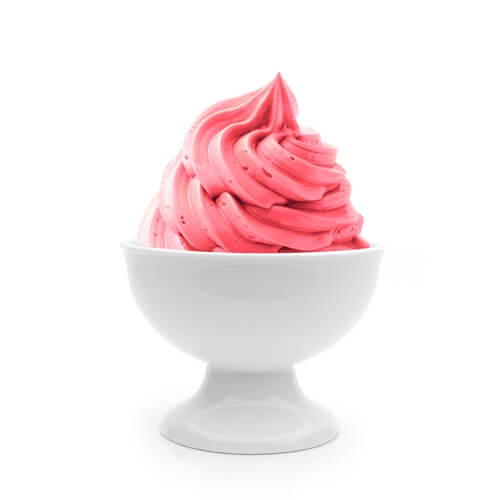A Basic Guide To Frozen Treats

If you want to learn how to make custard, you may be wondering what the difference is between this delicious frozen treat and others such as ice cream, frozen yogurt and gelato. Sure, it’s easy enough to taste the subtle nuances of each one when you’re eating, but what makes them fundamentally different? Here’s a basic guide to the different types of frozen treats:
Frozen custard
According to the Food and Drug Administration. frozen custard must contain at least 10 percent milkfat and 1.4 percent egg yolk solids by weight. Delicious cones of frozen custard are somewhat regionally confined to the Midwest, and are usually sold similarly to soft serve ice cream.
Frozen yogurt
Fro-yo stores have popped up around the nation, giving diners an opportunity to mix their own flavors and choose from a slew of toppings such as fresh fruit, candy and baked goods. Thrillist notes that the FDA does not have a definition for frozen yogurt, but that it’s usually a more tart, lower fat version of ice cream with yogurt cultures. Similar to frozen custard, fro-yo is generally consumed in soft serve form.
Ice cream
Similar to frozen custard, ice cream, as defined by the FDA, must have at least 10 percent milkfat, though no egg yolk solids. There are also specific regulations for how ice cream is churned so that the end product is made of no more than 50 percent air.
Gelato
While gelato has some similarities to ice cream, it is generally more dense due to less air being whipped into it during the freezing process. Moreover, traditional gelato contains less milkfat and no egg yolk, which gives it a strong flavor and thick texture.
Sorbet
According to Pop Sugar, sorbet and sherbet are legally interchangeable, but there are distinguishing characteristics between the two. Sorbet is made with water and a flavoring agent such as a juice or fruit puree. This frozen treat does not contain any dairy, but some sorbet contains egg whites, so those with vegan diets should check the label before making a purchase.
Sherbe(r)t
Generally, sherbet contains only a small amount of milkfat – less than 3 percent. This is why it has more of an icy texture to it. Although many people tend to add an extra “r” both when spelling and pronouncing the name of this refreshing dessert, the correct spelling is “sherbet.”


